Choosing the right laboratory equipment is important. From laboratory refrigerators to sterilizers and centrifuges, it is not always simple to make the right decision. Our buying guides help buyers in their decision-making process by providing tips and comparative tables of the different elements to consider in order to choose the best product. They are produced by our experts, according to their specialty, in a pragmatic and impartial way, putting themselves in the shoes of a buyer. None of the content is sponsored or promotional. Here are three of our buying guides in the laboratory sector.
I/ Choosing the Right Laboratory Refrigerator
Refrigerators used in the medical and scientific fields are mostly intended for the conservation and storage of reagents, biological samples and medication. In this guide, we will see how they differ from household refrigerators used in everyday life.
From one manufacturer to another, refrigerators have a number of different features and options available. Depending on the model, the temperature ranges may be different. Combination refrigerator-freezers usually have at least two independent compartments: one operating as a freezer (with a temperature below 0 degrees Celsius) and the other as a refrigerator (with a temperature above 0 degrees Celsius).
1/ What are refrigerators used for in the health sector?
2/ What features are important when choosing a refrigerator?
3/ How to ensure user safety when choosing a scientific refrigerator?
4/ How can you ensure that products are kept at the right temperature?
5/ What are the latest options available for a laboratory or pharmacy refrigerator?
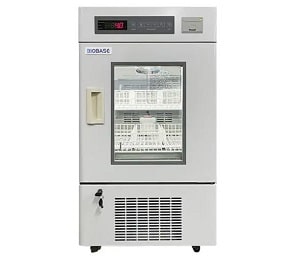

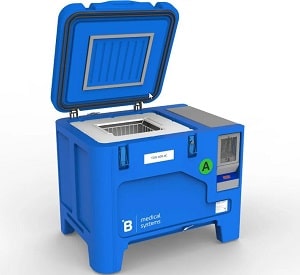
II/ Choosing the Right Sterilizer
Sterilization is the implementation of a set of methods and means to eliminate all living microorganisms, of any nature and in any form whatsoever, on a perfectly cleaned object. This process is carried out using a sterilizer. It is necessary in order to prevent the contamination of patients and caregivers. In order for a medical device that has undergone terminal sterilization to be considered “sterile” the theoretical probability that a viable microorganism is present on the device must be almost zero.
1/ What are the different sterilization procedures?
2/ What are the different classes of autoclaves?
4/ What types of products can be sterilized?
5/ Which sterilizer configuration should I choose?
6/ When is it necessary to use a sterilizer?
7/ What are the different steps of sterilization?
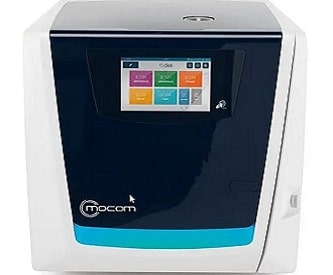
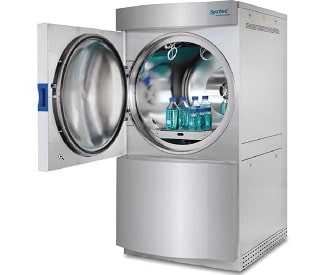
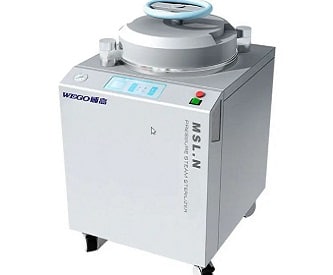
III/ Choosing the Right Centrifuge
A centrifuge is a device used to separate mixtures made up of parts with different densities. In the medical field, centrifuges are mainly used in laboratories to prepare samples for analysis. For example, a centrifuge is used to separate plasma from blood. They are equipped with a rotor in which the samples to be prepared are placed.
There are different types of centrifuges on the market. Each type is linked to one or more specific applications. It is therefore very important to take this into account when choosing a centrifuge.
1/ What are the different types of centrifuges?
2/ What different functions does a centrifuge have?
3/ How to choose the appropriate rotor?
4/ How to choose the best centrifuge configuration?
5/ What options are available for centrifuges?
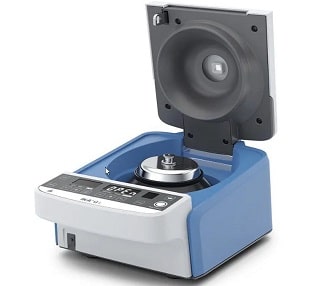

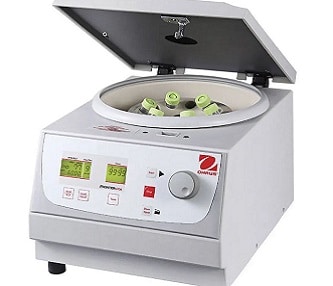
![[Buying Guides] Lab Equipment: How to Make the Right Choice?](/wp-content/uploads/sites/9/Laboratory_Equipment_iStock-1250x703.jpg)









